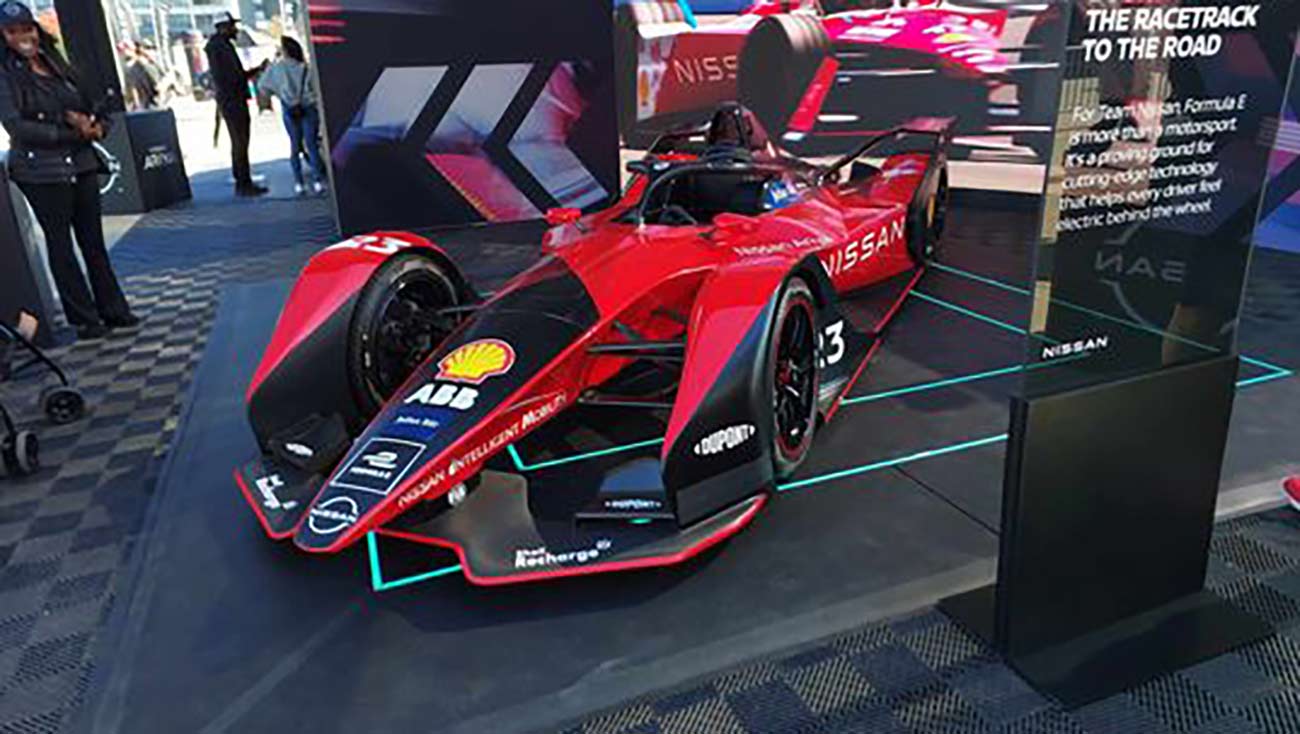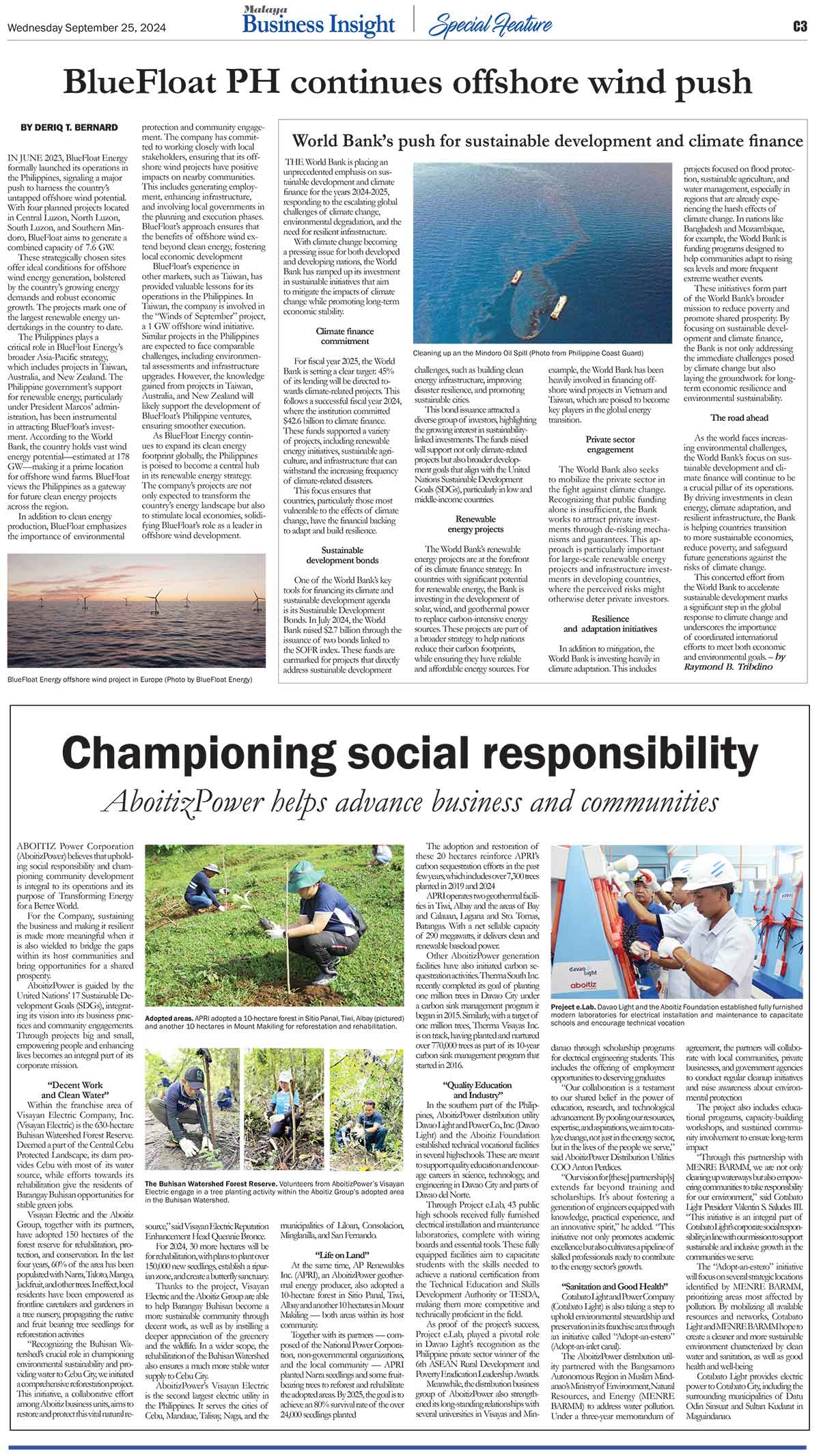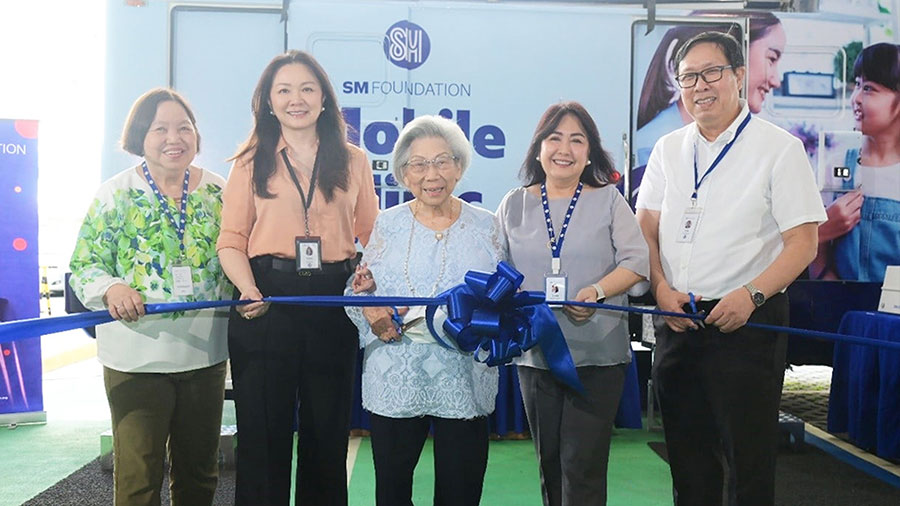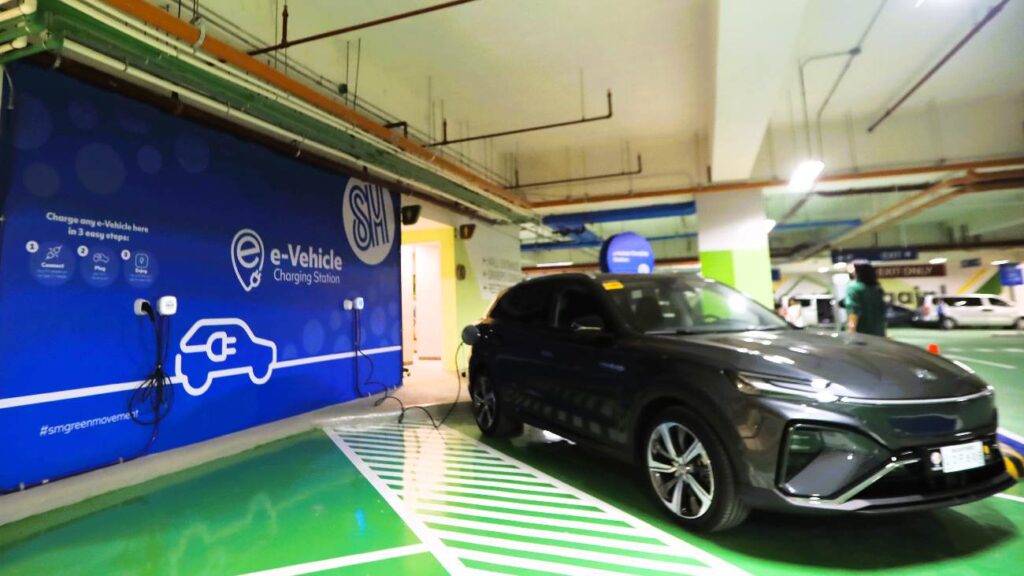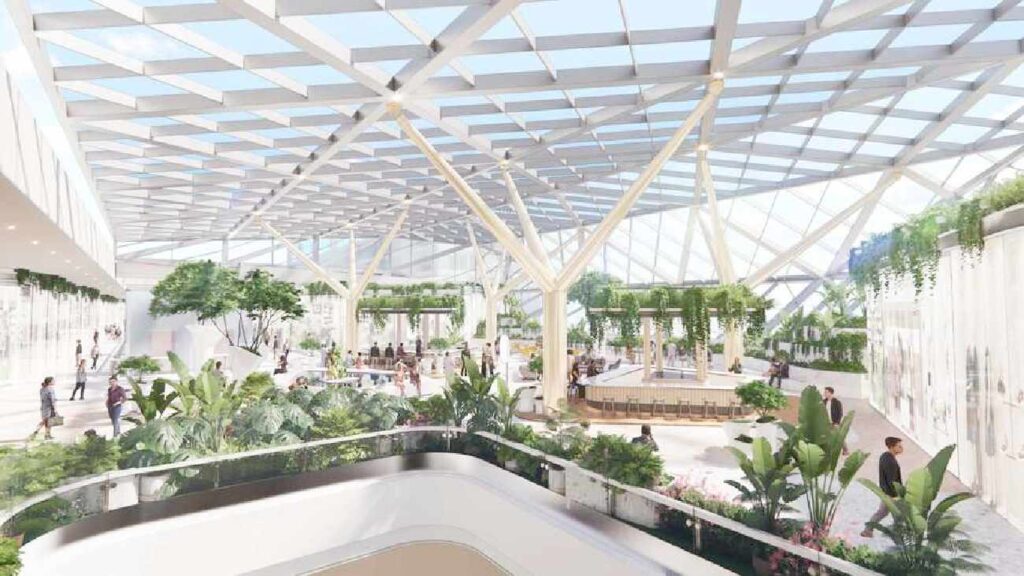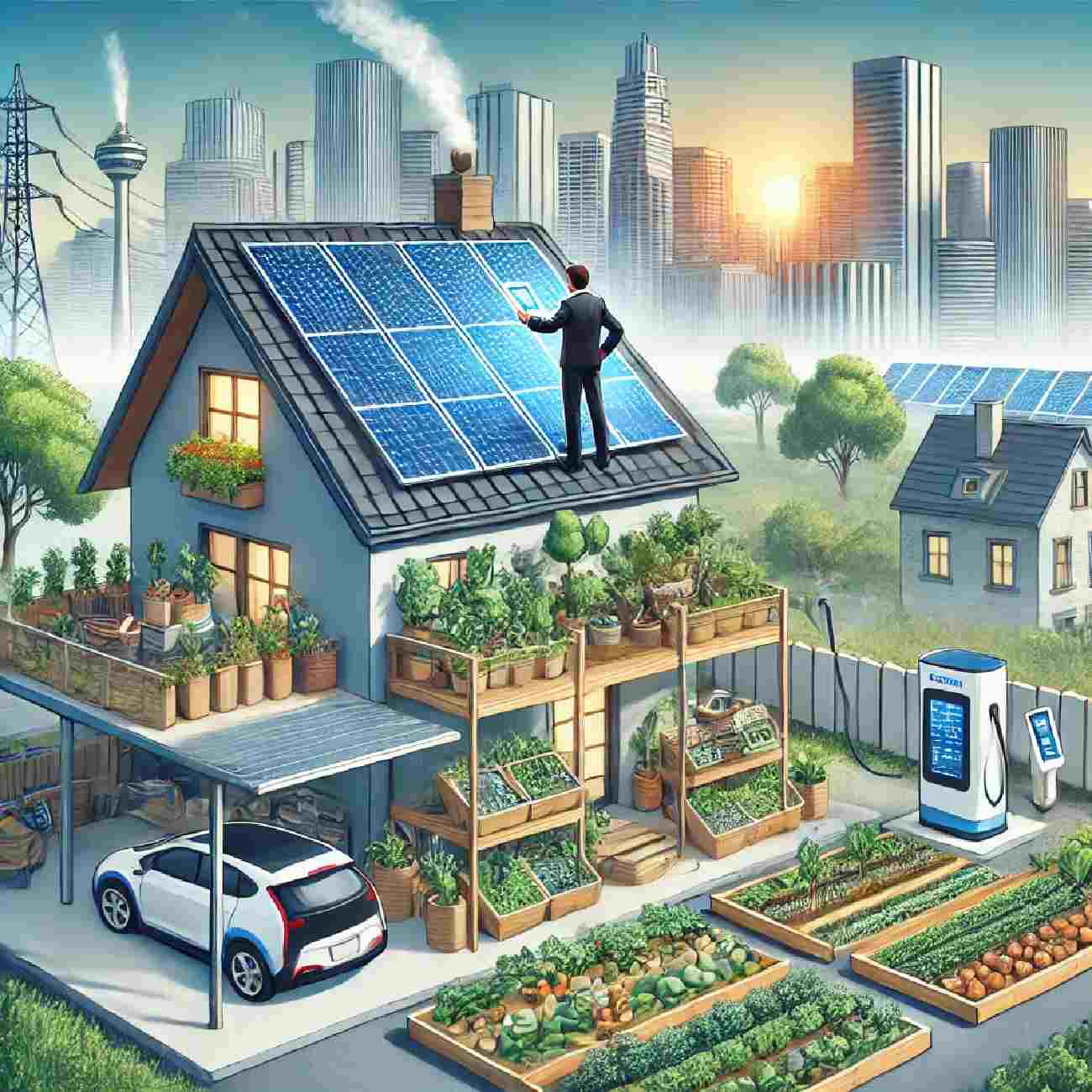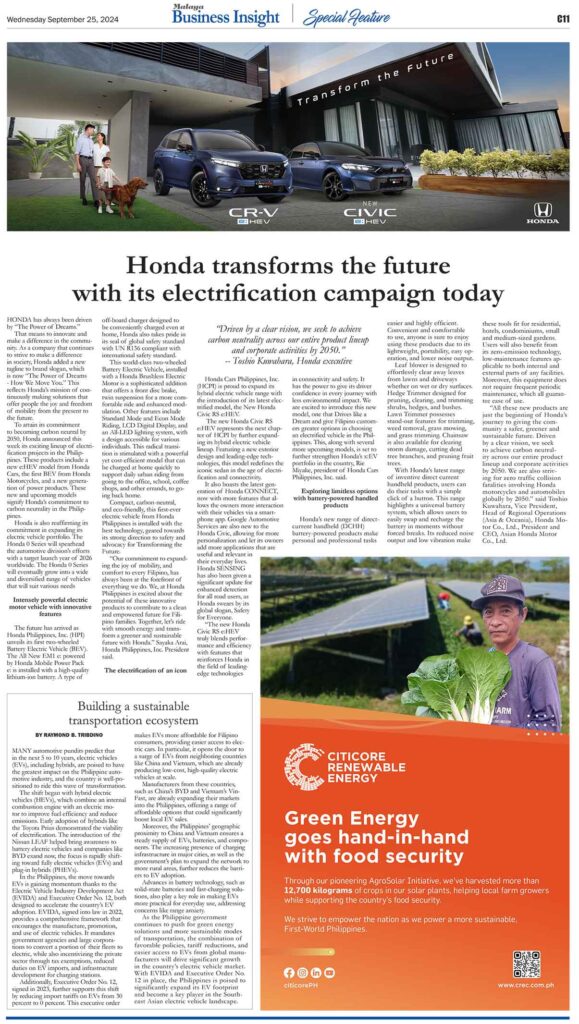A LANDMARK achievement for the Philippines’ infrastructure sector, the Department of Public Works and Highways (DPWH) secured a coveted Going Digital Award at Bentley Systems’ Year in Infrastructure 2024 (YII 2024) in Vancouver, Canada.
This marks the first time a Philippine entry has won in the prestigious global competition, highlighting the country’s growing expertise in digital innovation for infrastructure development. The DPWH entry bested two larger, more comprehensive projects: Phnom Penh-Bavet Expressway, being built by China Road and Bridge Corporation and China Highway Engineering Consulting Corporation and the Wuhan Gaoxin 4th Road Comprehensive Reconstruction Project currently under development by another Chinese construction firm, WISDRI Engineering & Research Incorporation Limited.
The DPWH was recognized for its groundbreaking use of digital twin technology in the NLEx-SLEx Connector Road Project, an 8-kilometer elevated expressway aimed at alleviating traffic congestion in Metro Manila. Facing challenges posed by the city’s high density and complex urban environment, the
DPWH harnessed Bentley’s iTwin platform to create a comprehensive digital twin of the project. This enabled them to visualize the project in detail, simulate construction processes, and optimize logistics, resulting in a 15 percent increase in productivity and a 40 percent improvement in personnel and equipment utilization.
In an exclusive interview before the event, DPWH lead engineer David C. Galang, Division Chief of the DPWH Public-Private Partnerships (PPP) Service told Malaya Business Insight that the application of Bentley Infrastructure Engineering software not only “speeded up the development of the project–which as on this year is at 96 percent completion–significantly because the computer simulation and design engineering increased the pace of construction.”
Engr. James Nicole Chavez discussed how the DPWH utilized Bentley’s software to upgrade its own existing systems to overcome the hurdles of building a major highway through Manila’s dense urban landscape.
At the heart of their solution was the iTwin platform, which allowed them to create a dynamic, digital representation of the NLEx-SLEx Connector Road project. This digital twin wasn’t just a 3D model; it was a living replica of the project, integrating real-world data and simulating various scenarios.
This approach enabled the DPWH to visualize the project with unprecedented detail, identifying potential clashes with existing infrastructure and optimizing the construction sequence. Using iTwin Capture, they digitally captured existing conditions in the field, ensuring the digital twin accurately reflected the project’s real-world context.
OpenRoads and OpenBridge facilitated the detailed 3D design of the road and bridge structures, while LumenRT and SYNCHRO enabled them to visualize the construction process and simulate traffic flow. This comprehensive suite of Bentley applications empowered the DPWH to make informed decisions, streamline workflows, and ultimately deliver the project with greater efficiency and reduced environmental impact.
The biggest win according to Engineer Galang is the fact that since the first phase of the connector road in Caloocan–the normally 2-hour travel time across to Manila Port Area–was reduced to a mere 20 minutes during peak traffic times and as little as 5 minutes during off-peak hours. This reduction in traffic time alone meant a projected reduction of 315 million tons of carbon emissions annually.
While this is the Philippines’ first win, the country has been steadily increasing its presence at the YII Awards.
In 2021, Maynilad Water Services Inc., the water concessionaire for the West Zone of Metro Manila, became a finalist in the “Water, Wastewater and Stormwater Networks” category. Their project focused on optimizing pump operations using Bentley’s hydraulic modeling software to improve efficiency and reduce energy consumption. It was the debut for the country in the awards.
The following year the Manila Subway Project, a monumental undertaking to build the country’s first underground railway system, was recognized as a finalist in the “Rail and Transit” category of the Going Digital Awards.
Both projects marked the Philippines’ nominations–the first one right in the middle of the in the Going Digital Awards, showcasing the country’s early adoption of digital solutions in infrastructure management. While not winners, both the Maynilad water project and the Manila Subway’s nominations paved the way for future recognition and highlighted the country’s growing expertise in leveraging digital tools for infrastructure advancement.
“Today, we celebrate the extraordinary achievements of our finalists and winners. These visionary teams demonstrate the power of going digital across the infrastructure lifecycle to improve project delivery and asset performance,” Kristin Fallon, chief marketing officer at Bentley Systems said of the YII winners.


